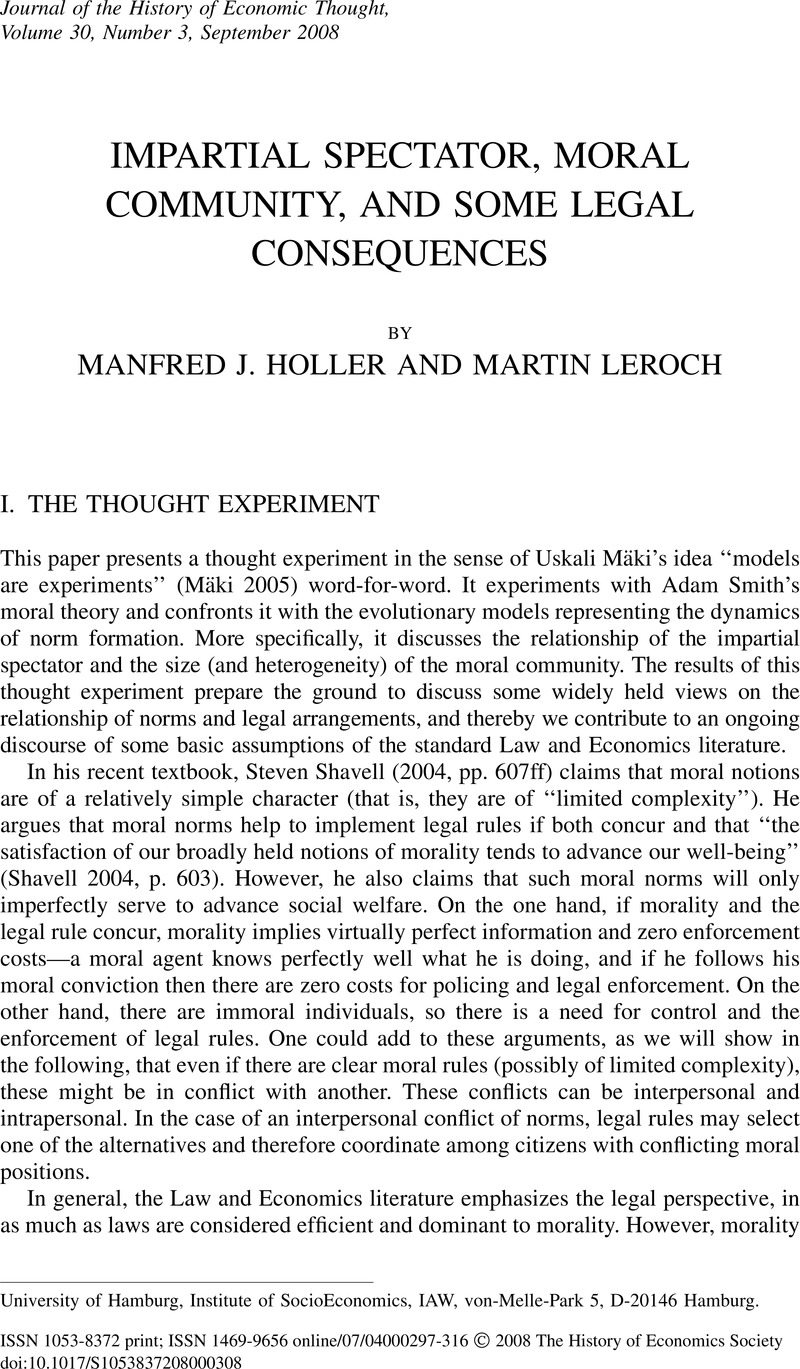Crossref Citations
This article has been cited by the following publications. This list is generated based on data provided by Crossref.
Holler, Manfred J.
2008.
Internationalisierung des Rechts und seine ökonomische Analyse.
p.
57.
Cserne, Péter
and
Deli, Gergely
2009.
Law and Morality in the Regulation of Contracts: Lessons from Ancient Rome.
SSRN Electronic Journal,
Holler, Manfred J.
and
Leroch, Martin
2010.
Efficiency and justice revisited.
European Journal of Political Economy,
Vol. 26,
Issue. 3,
p.
311.
Holler, Manfred J.
and
Leroch, Martin A.
2010.
Jury on stage: a common law play.
European Journal of Law and Economics,
Vol. 30,
Issue. 2,
p.
89.
Holler, Manfred J.
2014.
Encyclopedia of Law and Economics.
p.
1.
Holler, Manfred J.
2019.
Encyclopedia of Law and Economics.
p.
1931.



